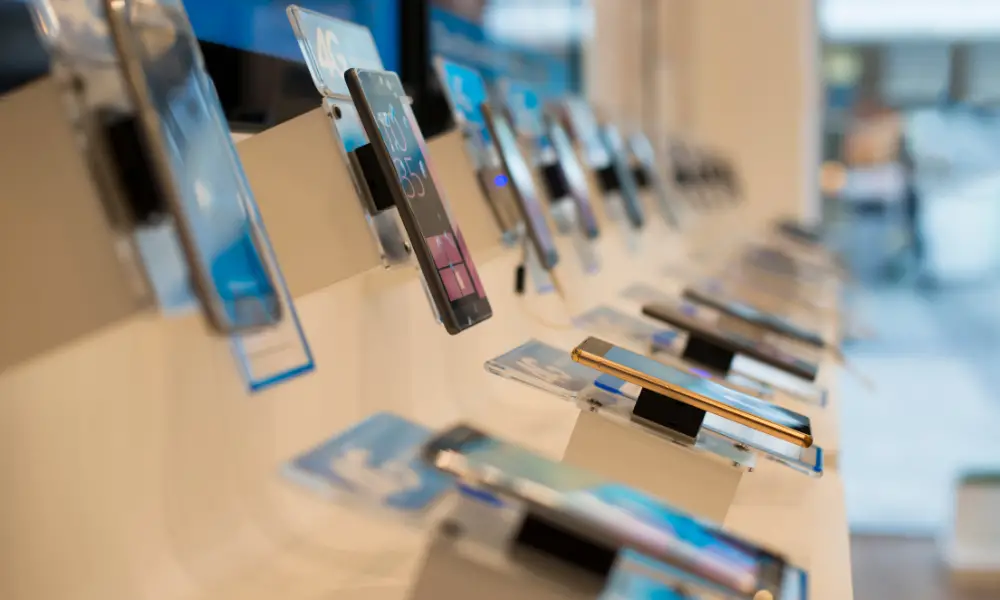Dissecting the Popularity of Gender-Fluid Fashion: A Modern Phenomenon
Fashion has always been a form of self-expression, a way to communicate who we are to the world. But as society's understanding and acceptance of gender identity continues to evolve, so too does fashion. Welcome to the era of gender-fluid fashion—a trend that is challenging traditional notions of what men and women should wear.

The Emergence of Gender-Fluid Fashion
Gender-fluid fashion is not an entirely new concept. Historically, cultures around the world have embraced clothing that blurs the lines between masculinity and femininity. From the kimonos of Japan to the sarongs of Southeast Asia, fashion has always had elements that transcend gender norms. However, the modern interpretation of gender-fluid fashion can be traced back to the early 20th century, when women began to adopt trousers—traditionally a men’s garment—as part of their wardrobe. This shift marked a significant step towards a more gender-neutral approach to clothing.
Modern Manifestations and Their Influence
Today, gender-fluid fashion is more than just a trend—it’s a movement. High fashion labels like Gucci, Yves Saint Laurent, and JW Anderson have all introduced gender-neutral collections. Even mainstream retailers like H&M have launched unisex lines, demonstrating that this trend is not just confined to the runway.
Moreover, celebrities are playing a crucial role in propelling this trend forward. Figures like Jaden Smith, who famously wore a skirt for a Louis Vuitton campaign, and Harry Styles, known for his flamboyant and androgynous style, are redefining what it means to be fashionable and challenging traditional gender stereotypes.
The Appeal and Evolution of Gender-Fluid Fashion
The rise of gender-fluid fashion can be attributed to a number of factors. Firstly, it reflects a broader societal shift towards greater acceptance of non-binary and transgender identities. It’s a way for individuals to express their identity and challenge societal norms.
Secondly, it’s a response to a growing demand for individuality and uniqueness in fashion. In an era where personal style is celebrated, gender-fluid fashion offers a new avenue for self-expression.
Finally, it’s a reaction against the rigid gender norms that have long dictated what men and women should wear. The freedom to wear what one wants, regardless of gender, is a form of liberation, a rejection of the constraints imposed by society.
The Impact on Shopping and Consumer Behavior
As gender-fluid fashion gains momentum, it’s impacting how people shop. Consumers are increasingly looking beyond the men’s and women’s sections, choosing clothing based on personal taste rather than gender. Retailers are responding by creating more gender-neutral spaces and collections, further blurring the lines between ‘men’s clothing’ and ‘women’s clothing’.
Expert Insights into Gender-Fluid Fashion
-
Embrace your personal style: The beauty of gender-fluid fashion is that it’s all about individuality. Don’t be afraid to experiment and find what works for you.
-
Forget the labels: Don’t let the ‘men’s’ or ‘women’s’ labels limit your choices. If you like a piece of clothing, wear it.
-
Look for inspiration: Many celebrities and fashion influencers are embracing gender-fluid fashion. They can be a great source of inspiration for your own style.
-
Start small: If you’re new to gender-fluid fashion, start with small changes. Try incorporating unisex accessories or pieces into your wardrobe.
As we move forward, the popularity of gender-fluid fashion is likely to continue growing. It’s a reflection of our evolving understanding of gender, a celebration of individuality, and a rebellion against the constraints of tradition. As more and more people embrace this trend, we can look forward to a more inclusive and diverse fashion landscape—one where everyone can express their unique style without limitations.





